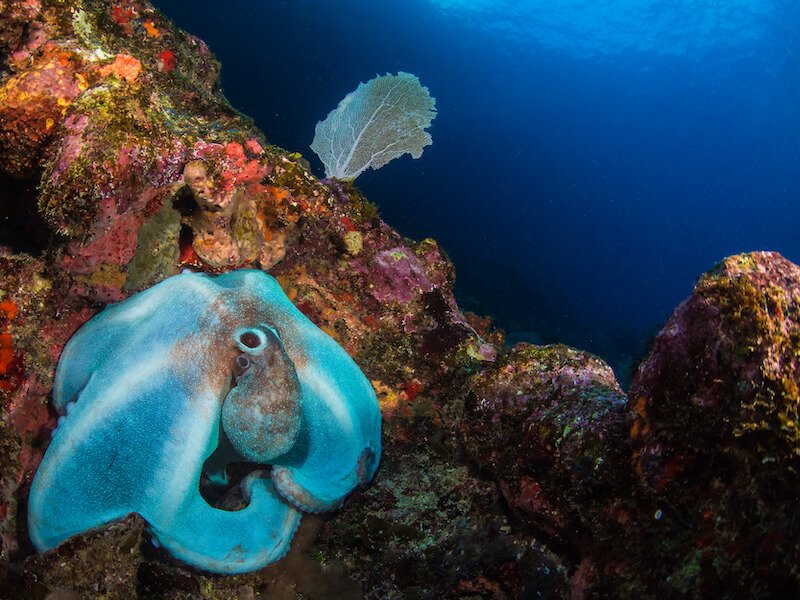|
 Saint Lucia
Saint Lucia
Equal parts beauty and mystique, Saint Lucia captivates anyone who sets foot on her coastline. Always evocative, she welcomes visitors with her soothing
waves, warm beaches, and hospitable people. The only sovereign nation to be named for a woman, the island personifies adventure and inspiration. Her
visitors invariably find themselves reluctant to leave and eager to return.
Saint Lucia is an Eastern Caribbean island nation with a pair of dramatically tapered mountains, the Pitons, on its west coast. Its coast is home to volcanic beaches,
reef-diving sites, luxury resorts and fishing villages. Trails in the interior rainforest lead to waterfalls like the 15m-high Toraille, which pours over a cliff into
a garden. The capital, Castries, is a popular cruise port.
Imagine yourself reclining on the sandy white beaches, soaking in the volcanic mud baths of Soufrière, ziplining through lush rainforests, indulging in authentic
island food, club-hopping on the Rodney Bay strip, and riding ATVs through the countryside. Envision exploring abandoned sugar plantations, snorkeling in crystal
clear waters, chasing brightly colored fish in the shadow of the Pitons, or experiencing a live sea turtle hatching in the last light of dusk.
Diving Highlights
The entire Caribbean Sea is one of the best places in the world for scuba diving thanks to diverse marine life, gorgeous coral reefs, and amazing
hospitality that makes life on land just as good as diving in the ocean. One of the best islands for scuba diving is St. Lucia.
St. Lucia is a small island country that has everything divers could possibly want, from shipwrecks and natural wonders to tour operators, all in a
compact space. Before you book your Caribbean dive trip with one of our amazing dive travel agents, here is everything you need to know about St. Lucia
scuba diving.
If you only have time for a quick trip to St. Lucia (or a quick scan of this article), here are the highlights of scuba diving in this Caribbean nation.
The reason why St. Lucia is such a popular scuba diving destination is the abundance of coral reefs around the island that make for gorgeous diving
scenery and easy trips for divers of all levels. Two of the best sites are Fairyland and Coral Gardens.
Diving Conditions
St. Lucia scuba diving is blessed by great conditions all year round. The water temperature is warm no matter the time of year, ranging from 75-85 degrees Fahrenheit.
The water is cooler from November to April. Visibility is also great all year round, with some sites boasting visibility that goes as far as 200ft.
St. Lucia also offers dives of varying difficulty levels, from gentle beach dives to challenging wall dives. Dive sites range widely in depth, from 20 feet to 140 feet.
Finally, diving conditions in St. Lucia are pristine and clean because as mentioned above, the island is dedicated to conservation. Most of the south and west of the island belongs to a marine preserve, so the water is pristine and kept free of pollution.
Weather
Saint Lucia lies in the path of the northeastern trade winds and has a tropical maritime climate. Rainfall and temperature vary with elevation. Average
annual rainfall ranges from 51 inches (1,295 mm) on the coast to as much as 150 inches (3,810 mm) in the interior. There is a dry season roughly from
January to April and a rainy season from May to November. The mean temperature is about 80 °F (27 °C), with highs sometimes ranging into the upper 80s
(31 °C) and lows into the upper 60s (20 °C).
Time
Saint Lucia observes Atlantic Standard Time all year; this is similar to Eastern Time. However, Saint Lucia does not observe daylight-saving-time.
Water Quality
Tap water in Saint Lucia is chlorinated and considered safe to drink. However, it's best practice for travelers to drink bottled water anyway to avoid the
possibility of ingesting bacteria or other microorganisms.
|
Adventure and Sightseeing
St. Lucia’s exotic beauty truly captures the luxuriant allure of the Caribbean. Home to one of the Caribbean’s most famous landmarks, with its two towering
volcanic cones, Gross Piton and Petit Piton, (referred to as the pitons) are a must-see. Enjoy excursions to St. Lucia’s volcanic origins and explore a
drive-in volcano or take a dip in the therapeutic Hot Sulphur Springs. Experience breathtaking St. Lucia tours and explore this simply beautiful island
paradise for a truly amazing adventure.
Safety
Crime in Saint Lucia can be considered consistent with that of similar countries. It is unfair to say that it doesn’t exist, however, to say that it is
minimal and well under control by our competent police force, is a well-placed statement. We do advise all visitors and even our nationals that common
sense should prevail when traveling abroad. Refrain from making large displays of wealth (such as wearing expensive jewelry, producing large wads of
cash, etc.), avoid venturing into areas that may appear to compromise safety. Crimes of any sort should be reported to the hotel, the Saint Lucia
Tourism Authority, and/or the Police.
Medications, Health Care & Covid
Carry a copy of your prescription for any medications you bring with you, especially any that may be classed as controlled drugs.
Medical treatment in Saint Lucia can be expensive. Make sure you have adequate travel health insurance and accessible funds to cover the cost of any medical
treatment and repatriation.
Social distancing and mask mandates have been lifted. Medical facilities, police stations, businesses and government offices can require them.
Passport Requirements
Foreign nationals visiting or entering Saint Lucia are required to have a valid passport from their country. A visitor to Saint Lucia shall be permitted
entry as long as his/her passport is valid for the duration of the stay in Saint Lucia and he/she has proof of a confirmed onward journey. Visas are not
required where the visitor is a US, UK or Canadian citizen, or where there is an agreement for exemption between home country and Saint Lucia.
Additionally, all travellers arriving by air are strongly encouraged to complete the new Online Immigration Form prior to arrival to avoid delays on arrival.
The form should be submitted no more than 3 days before travel to Saint Lucia
Electricity
Saint Lucia uses higher voltage than the U.S. Saint Lucia is usually 240 Volts, 50 cycles AC (a few hotels are 110 Volts, 60 cycles).
Most visitors will need a converter or transformer, which are generally available at the resorts or online. You can find relatively inexpensive power
converters online.
Internet Access & Telecommunications
Saint Lucia has two very competent telecommunications providers, namely Digicel and FLOW. They both offer cutting edge technology and can both be contacted
on island to secure needed services. Pre-paid mobile phone cards can be purchased island-wide for either provider.
Internet access is available at most shopping malls and at FLOW and also at a number of internet cafes island-wide. Both domestic and international direct
dialing are available in Saint Lucia. Facsimiles are available through most hotels or through the FLOW office in Castries.
Language
The official language of Saint Lucia is English. However, natives speak a French Creole called Kwéyòl, which is commonly referred to as Patois.
Currency & Banking
The currency of Saint Lucia is the Eastern Caribbean Dollar. It is linked to the US Dollar and the exchange rate can be checked here. US currency is widely
accepted on the island. There are currency exchange booths at the airport, and your hotel or resort might be able to exchange money at the front desk.
Additionally, Saint Lucia has several banks that will exchange your funds. Banks open Monday to Thursday, 8.00am – 2.00pm and Friday, 8.00am – 5.00pm.
Location and Size
Saint Lucia is an island state in the Caribbean Sea. It is the second largest of the Windward group in the Lesser Antilles and is located about 24 miles
(39 km) south of Martinique and some 21 miles (34 km) northeast of Saint Vincent. The capital and major port is Castries. Saint Lucia is a member of the
Commonwealth. The island is 27 miles long and 14 miles wide, a total of 238 square miles.
|





 Saint Lucia
Saint Lucia